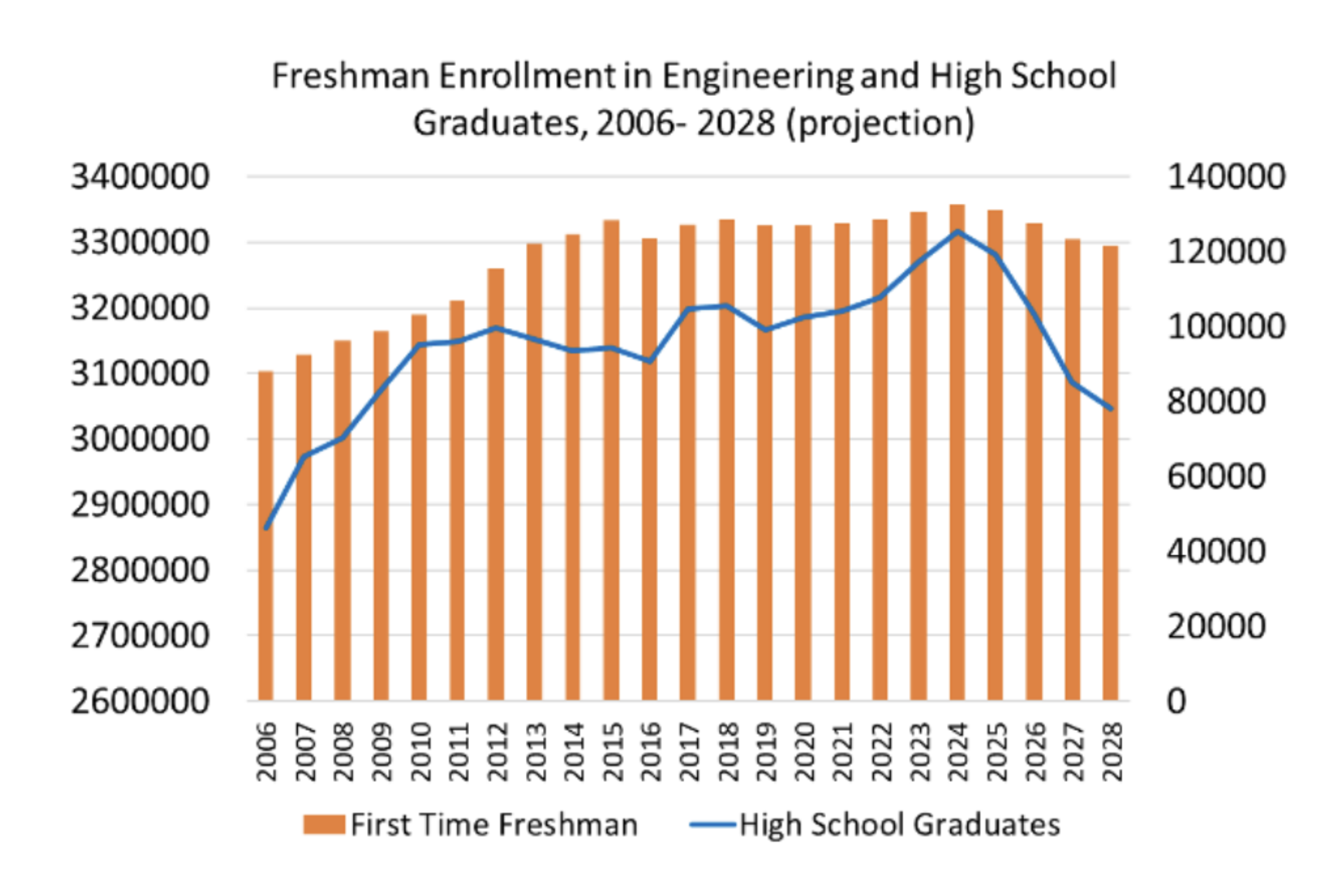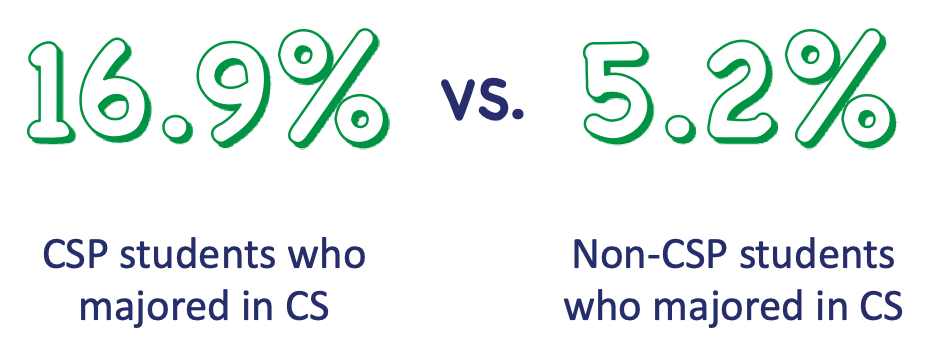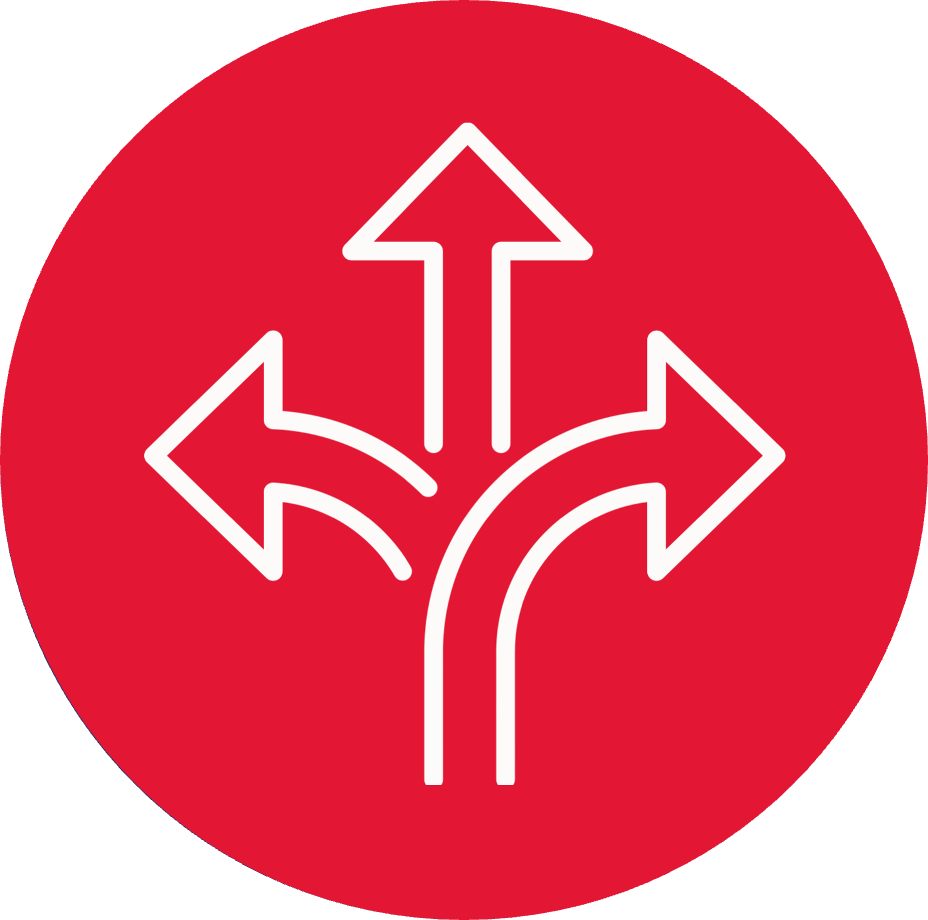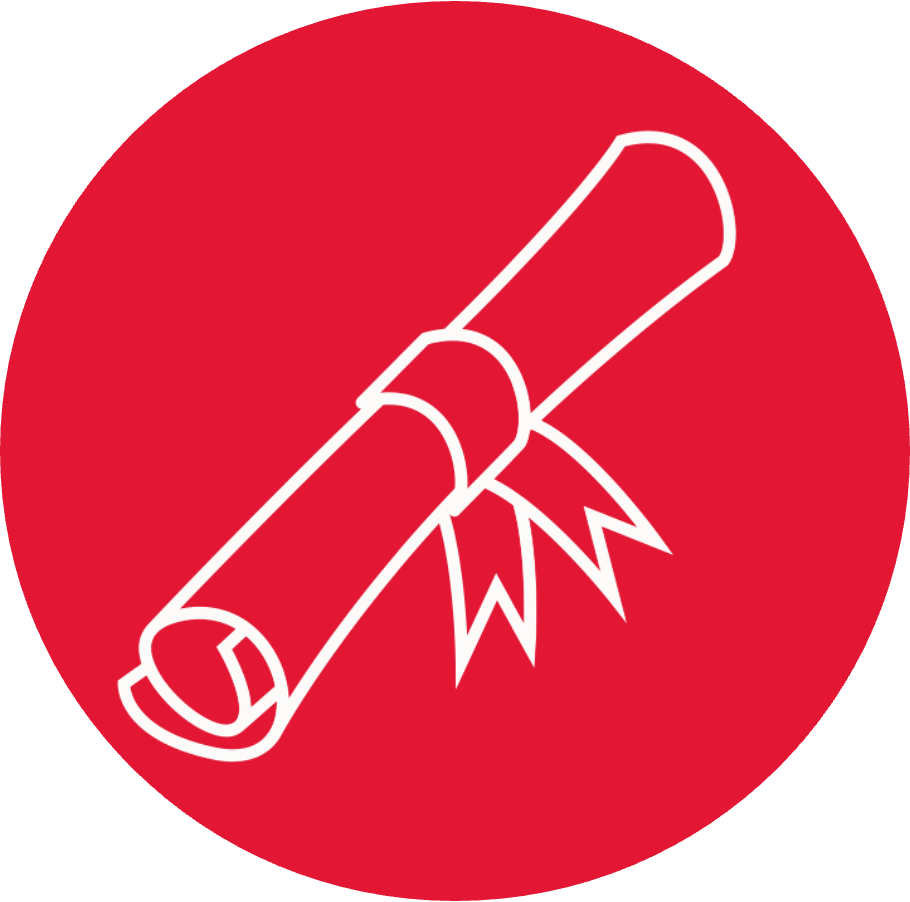Case for AP® Engineering Credit through e4usa
Bringing Engineering Education to the Forefront

For 22 years, we have pursued the goal of developing an AP® Engineering course, creating four unique comprehensive courses bringing engineering education to high school students nationwide. With renewed opportunities and NSF support, Engineering For US All (e4usa™) has re-engaged with the College Board® to realize this vision.
In November 2024, e4usa leaders met with the College Board® to propose a partnership. The proposal outlines a collaboration to finalize an AP® Engineering course framework and end-of-course exam, enabling students to earn college credit for an introductory engineering course at their institution.
Why Now? e4usa’s Proven Foundation for AP® Engineering
22 | Years of Research and Innovation: Utilizing the Engineering Design Process Portfolio Scoring Rubric (EDPPSR)/MyDesign Scoring Rubric, we have refined engineering design portfolio assessment to evaluate students’ competencies effectively. Combined with our in-class exam, the EDP Portfolio forms the foundation of the proposed AP® Engineering Exam.
| ||
6 | Years of Engineering Education: e4usa has brought engineering to a broader and new group of high school students across the country.
| ||
3 | Years of Successful Exam Implementation: e4usa has experience in creating and offering exams that align with introductory engineering standards.
| ||
25 | Colleges and Universities Awarding Credit: We have already established pathways for students to receive college credit for e4usa courses, demonstrating strong institutional buy-in and proof of concept.
|
 |  |  | ||
Offer a rigorous, project-based learning model emphasizing engineering | Serve as an engineering counterpart to the AP® Computer Science Principles (CSP) course | Open doors for more students to explore engineering pathways earlier |
The National Problem: High School Graduates Declining

 |
Declining high school graduation numbers creates an enrollment cliff for engineering. This enrollment cliff underscores the urgent need for innovative solutions to address the growing demand for a skilled engineering workforce. | |
 | The percentage of high school students enrolling in freshman engineering programs in the U.S. has stagnated at 4% since 2016 and is projected to remain unchanged through 2028. |

 CSP students are more than 3X as likely to major in computer science than similar students who did not take CSP and differences are even larger for female and Hispanic students.*
CSP students are more than 3X as likely to major in computer science than similar students who did not take CSP and differences are even larger for female and Hispanic students.*
*AP® Computer Science Principles and the STEM and Computer Science Pipelines, College Board®, December 2020
Next Steps: Building University Partnerships for In-Major Credit
 | Provide Students a Clear Pathway into Engineering Disciplines Early: Early exposure to engineering increases student interest, confidence, and preparedness, addressing critical challenges in enrollment, retention, and graduation rates for engineering majors.
| ||
 | Strengthen First-Year Engineering Programs: Awarding credit for a rigorous AP® Engineering course reduces the financial burden on first-year programs while aligning with broader institutional goals to streamline pathways to degree completion and maintain ABET alignment.
| ||
 | Support National STEM Workforce Needs: Expanding opportunities for high school students to pursue engineering early ensures a steady undergraduate pipeline and increases the supply of skilled employees ready to meet and exceed industry demands. |
Join Us!
With a proven model, backed by 22 years of research, 6 years of national implementation, and the success of 25 colleges and universities already awarding e4usa credit, we invite universities to partner with us to:
- Support the AP® Engineering Initiative
- Award In-Major Advanced Placement® Credit for Intro to Engineering courses through e4usa Legacy and e4usa+Design Courses
- Collaborate in Strengthening Engineering Education Pathways Nationwide
Please complete the following form: https://tinyurl.com/AP-Engineering-Initiative
For more information, reach out to us at info@e4usa.org.